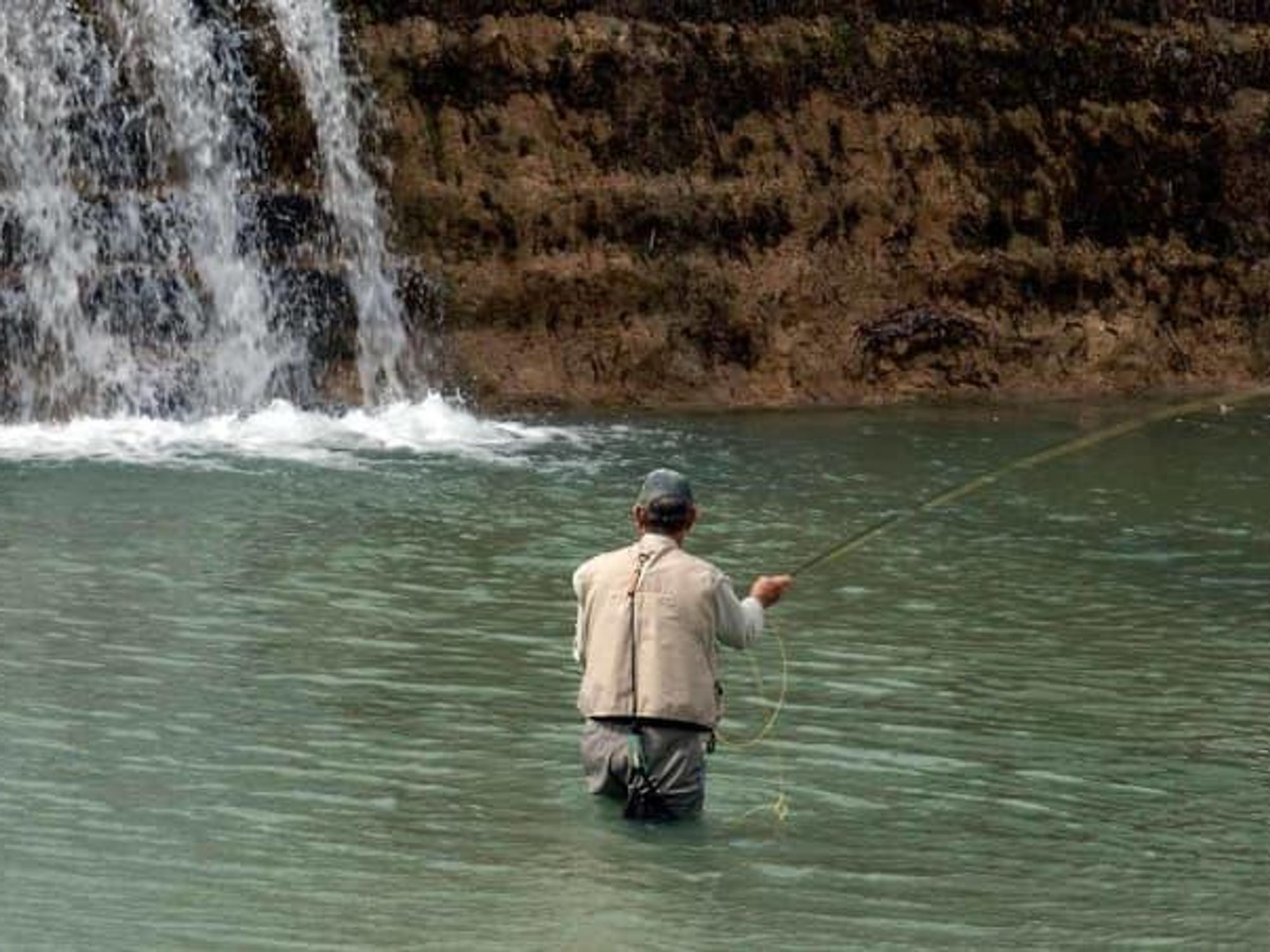Getting out and about
State parks in Texas offer an escape from coronavirus-induced cabin fever

UPDATE: As of 12 pm March 19, Texas state parks will be limiting park programming and closing public access to park headquarters, visitor centers, and park stores, Texas Parks and Wildlife announced in an email earlier in the day. This includes all cash transactions and the suspension of equipment rentals and interpretive programs. Park visitors should check the Texas State Parks Alert Map regularly for the latest information about the status of parks.
---
If you’re suffering from cabin fever but want to "socially distance" from crowds amid the coronavirus pandemic, you might consider venturing out to one of Texas’ more than 80 state parks. All of them remain open.
Enjoying the great outdoors delivers a number of benefits, according to Harvard Medical School. They include:
- Exercise
- Elevated mood
- Improved concentration
Fortunately, none of the state parks in Texas is shutting down during the coronavirus crisis, unlike a lot of gyms, community centers, libraries, and other indoor spots that might help cure cabin fever.
“Outdoor spaces are well suited to increased social distance, but we still must remain diligent in taking steps to make your visit as safe and enjoyable as possible,” the Texas Parks & Wildlife Department says.
State parks are stocked with soap or hand sanitizer, the department says, and park employees have stepped up cleaning of restrooms and public areas.
“With the uncertain and evolving health situation in the U.S., our highest priority is the health and well-being of our visitors, volunteers, and employees,” the department says.
They urge visitors to take the following steps before they arrive:
- Print day-use and camping permits before you arrive. This will help reduce or eliminate time spent in the park office to check in. Log into your account and follow the prompts here.
- Pack extra soap or hand sanitizer.
- If you have been sick in the last two weeks, stay at home for your health and the safety of others. Cancellation fees are being waived through March.
Here are some of the state parks in and around Texas’ major metro areas, and examples of amenities that they offer.
Dallas-Fort Worth
- Cedar Hill State Park (Cedar Hill)
- Cleburne State Park (Cleburne)
- Dinosaur Valley State Park (Glen Rose)
- Lake Tawakoni State Park (Wills Point)
- Lake Mineral Wells State Park (Mineral Wells)
- Ray Roberts Lake State Park (Pilot Point)
Among the activities available at Cedar Hill State Park are fishing for largemouth black bass, crappie, and catfish at the 7,500-acre Joe Pool Lake; exploring the trails on bike or foot; and camping at one of the 350 campsites.
At Cleburne State Park, you can fish from a covered pier, hike or bike on a six-mile trail loop, and stay at a campsite, screened shelter, or cabin.
To the north, at Ray Roberts Lake State Park near Denton, you can relax at a campsite or at Lone Star Lodge, hang out at one of the four picnic pavilions, take off on a boat from Lake Ray Roberts Marina, or explore the 20-mile Greenbelt Corridor.
Austin
- Bastrop State Park (Bastrop)
- Beuscher State Park (Smithville)
- Inks Lake State Park (Burnet)
- Lockhart State Park (Lockhart)
- McKinney Falls State Park (Austin)
- Pedernales Falls State Park (Johnson City)
At Bastrop State Park, you can fish in the half-acre Lake Mina, or bike or drive the 12 miles between Bastrop and Beuscher state parks. Campsites, cabins, and barracks are available for rent.
Over at McKinney Falls State Park, you can hike or bike nearly nine miles of trails. Or you can go fishing in Onion or Williamson creeks; no fishing license is needed. The park features 81 campsites and six cabins.
To the west, at Pedernales Falls State Park, you can go hiking or biking, do some canoeing or kayaking, or ride your horse. You can choose between modern and primitive campsites.
Houston
- Brazos Bend State Park (Needville)
- Galveston Island State Park (Galveston)
- Lake Livingston State Park (Livingston)
- Sheldon Lake State Park and Environmental Learning Center (Houston)
- Stephen F. Austin State Park (San Felipe)
- Village Creek State Park (Lumberton)
Activities at Brazos Bend State Park include hiking and biking, horseback riding, fishing at one of the lakes or piers, watching alligators, and staying at a campsite, screened shelter, or cabin. You can even visit the Houston Museum of Science’s George Observatory.
Galveston Island State Park lets you stroll along the beach or splash in the waves. In addition, you can hunt for seashells, hike the trails and boardwalks, or stay at a campsite or lodge.
At Sheldon Lake State Park and Environmental Learning Center, you can take advantage of a half-mile self-guided nature trail that passes 28 ponds with alligators and other wildlife, take in the panoramas from atop the 82-foot-high John Jacob Observation Tower, or simply immerse yourself in nature.
San Antonio
- Choke Canyon State Park (Calliham)
- Garner State Park (Concan)
- Government Canyon State Natural Area (San Antonio)
- Guadalupe River State Park (Spring Branch)
- Lyndon B. Johnson State Park and State Historic Site (Johnson City)
- Palmetto State Park (Gonzales)
Among the activities at Choke Canyon State Park are fishing, boating, birding, swimming, camping, hiking, basketball, tennis, and soccer. Of course, you also can spot plenty of wildlife besides birds.
More than 40 miles of trails snake through the Government Canyon State Natural Area. Other amenities include camping at walk-in tent campsites, studying dinosaur footprints, or checking out Zizelmann House, which was built in the 1880s.
Lyndon B. Johnson State Park and State Historic Site provides a walk back in time. You can view memorabilia from President Lyndon B. Johnson’s time in the White House, take a self-guided tour of the Sauer-Beckmann Living History Farm, tour historic cabins, and explore the trail system.
